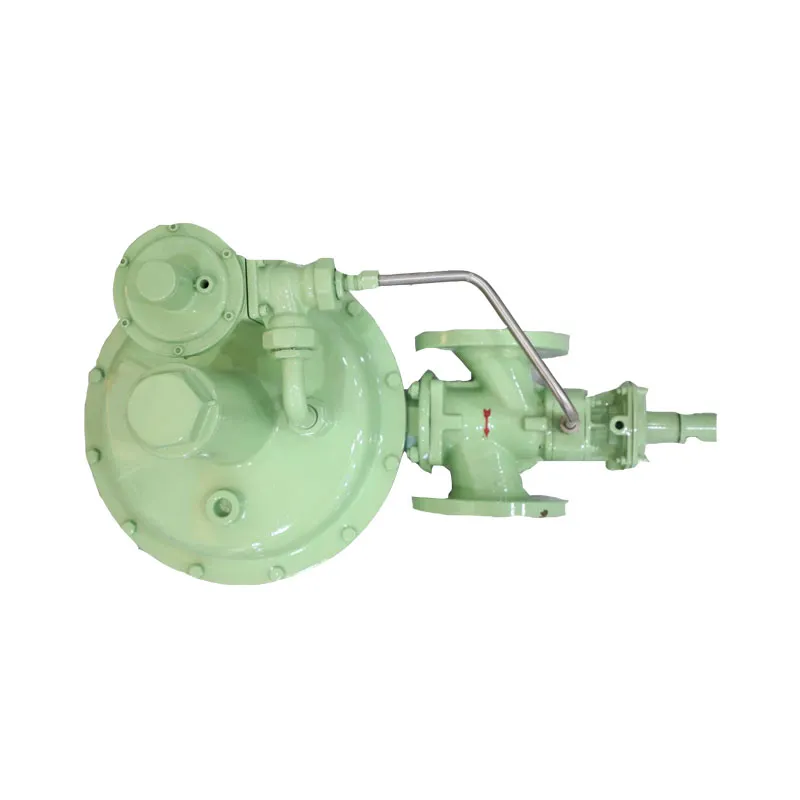
Nov . 18, 2024 11:24
Back to list
City Access Hub for Transportation and Connectivity Solutions
Understanding City Gate Stations A Critical Link in Urban Infrastructure
City gate stations are pivotal components of urban infrastructure, serving as essential hubs for the management and distribution of utilities, particularly natural gas. As urban areas continue to expand and evolve, the role of these stations becomes increasingly significant in ensuring that energy needs are met reliably and sustainably. This article delves into the functions, importance, and challenges faced by city gate stations in modern urban environments.
What is a City Gate Station?
A city gate station is a facility that marks the transition point between the high-pressure transmission pipelines and the lower-pressure distribution systems that deliver energy to consumers. Typically situated on the outskirts of cities, these stations serve multiple functions reducing the pressure of natural gas, measuring the flow and quality of the gas, and ensuring it is safe for domestic and commercial use. In essence, city gate stations are the vital connection points that help facilitate the transfer of energy resources from large-scale suppliers to end-users.
Functions of City Gate Stations
City gate stations perform several critical functions, including but not limited to
1. Pressure Regulation Natural gas is transported through pipelines at high pressures to ensure efficient movement over long distances. Upon reaching the city gate station, the gas pressure is reduced to safer levels for distribution within urban areas. This step is crucial in preventing damage to infrastructure and ensuring safety for consumers.
2. Measurement and Quality Control City gate stations are equipped with sophisticated devices that measure the flow of gas to monitor consumption and calculate billing for utility companies. Furthermore, these facilities assess the quality of the gas to ensure it meets regulatory standards, thereby guaranteeing safety for consumers.
3. Odorization Natural gas is inherently odorless, making it difficult to detect leaks. As part of safety protocols, city gate stations add a distinct odorant to the gas before it enters the distribution system. This measure allows consumers to detect leaks quickly, enhancing safety in urban environments.
city gate station

4. Emergency Shutdown Systems In case of emergencies, city gate stations are designed with advanced shutdown mechanisms that can halt the flow of gas rapidly. These safety systems are crucial for preventing accidents and mitigating the consequences of potential leaks or failures.
Importance in Urban Energy Management
As urbanization accelerates, the demand for reliable energy sources in cities rises. City gate stations play a crucial role in urban energy management by ensuring that high-quality, safe natural gas is delivered to homes, businesses, and industries. This is vital not only for individual consumers but also for the economic stability of cities, as energy availability directly influences business operations and infrastructure development.
Moreover, city gate stations contribute to the resilience of urban energy grids. By serving as localized nodes in the energy distribution network, these stations can help manage fluctuations in energy demand and supply. They facilitate the integration of renewable energy sources by allowing for flexibility in the energy mix and enabling a smoother transition to cleaner energy systems.
Challenges Faced by City Gate Stations
Despite their critical functions, city gate stations face numerous challenges. Aging infrastructure is a significant concern in many urban areas. Many city gate stations were designed decades ago, and their systems may not meet modern demands or safety standards. Upgrading these facilities requires substantial investment and coordination among multiple stakeholders.
Additionally, as cities evolve, the demand for energy is becoming increasingly variable, driven by factors such as electrification of transportation, increased use of technology, and changing consumer behaviors. City gate stations must adapt to these trends by incorporating advanced technologies such as remote monitoring and automation to enhance efficiency and reliability.
Conclusion
City gate stations are integral to the functioning of urban energy systems, providing critical services that enable the safe and efficient delivery of natural gas. As urbanization continues to shape cities, the importance of these stations cannot be overstated. Their ability to regulate pressure, measure flow, and ensure safety makes them a cornerstone of urban infrastructure. However, addressing the challenges they face, such as aging infrastructure and changing energy demands, will be essential for the future sustainability of urban energy systems. As cities strive to transition to cleaner energy sources, city gate stations will play a vital role in shaping the urban energy landscape.
Next:
Latest news
-
Safety Valve Spring-Loaded Design Overpressure ProtectionNewsJul.25,2025
-
Precision Voltage Regulator AC5 Accuracy Grade PerformanceNewsJul.25,2025
-
Natural Gas Pressure Regulating Skid Industrial Pipeline ApplicationsNewsJul.25,2025
-
Natural Gas Filter Stainless Steel Mesh Element DesignNewsJul.25,2025
-
Gas Pressure Regulator Valve Direct-Acting Spring-Loaded DesignNewsJul.25,2025
-
Decompression Equipment Multi-Stage Heat Exchange System DesignNewsJul.25,2025

